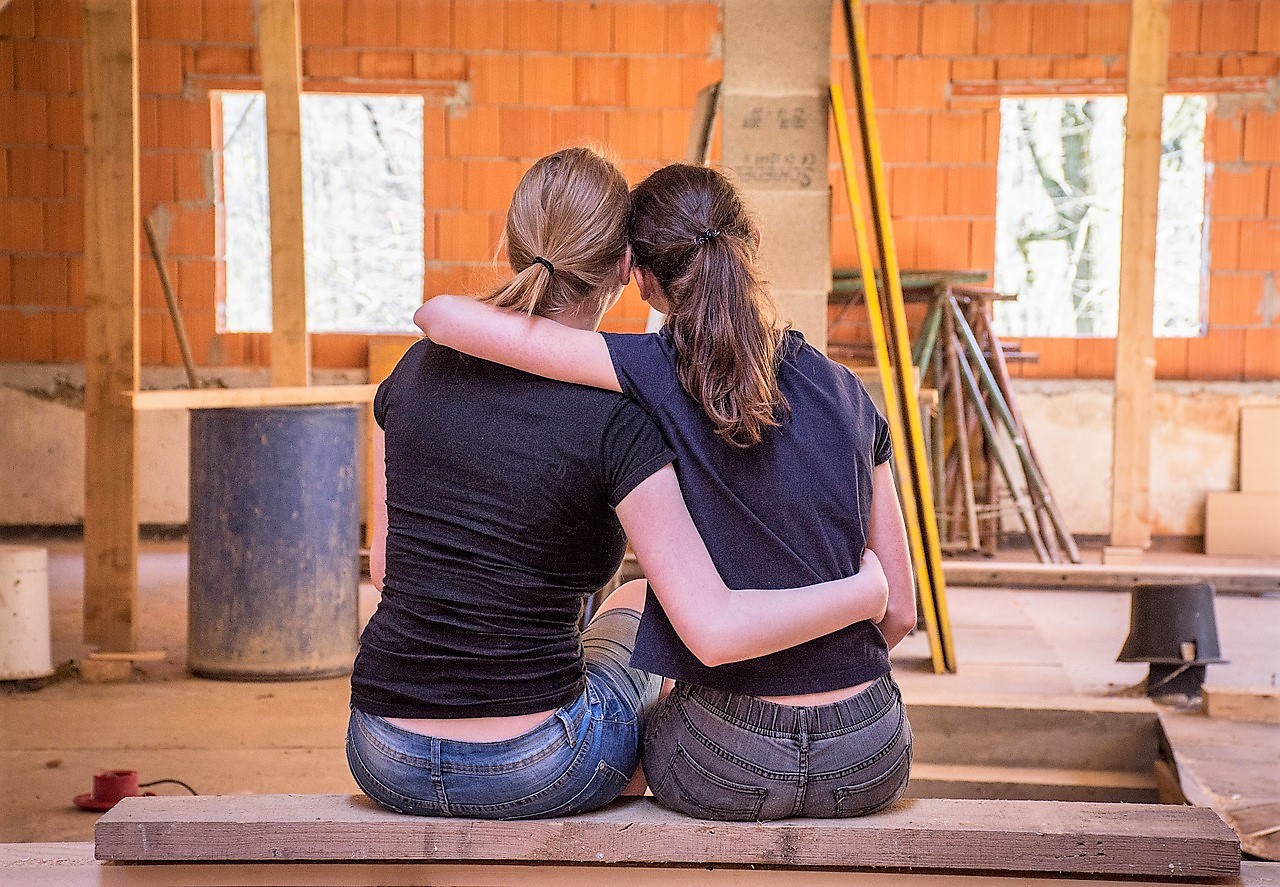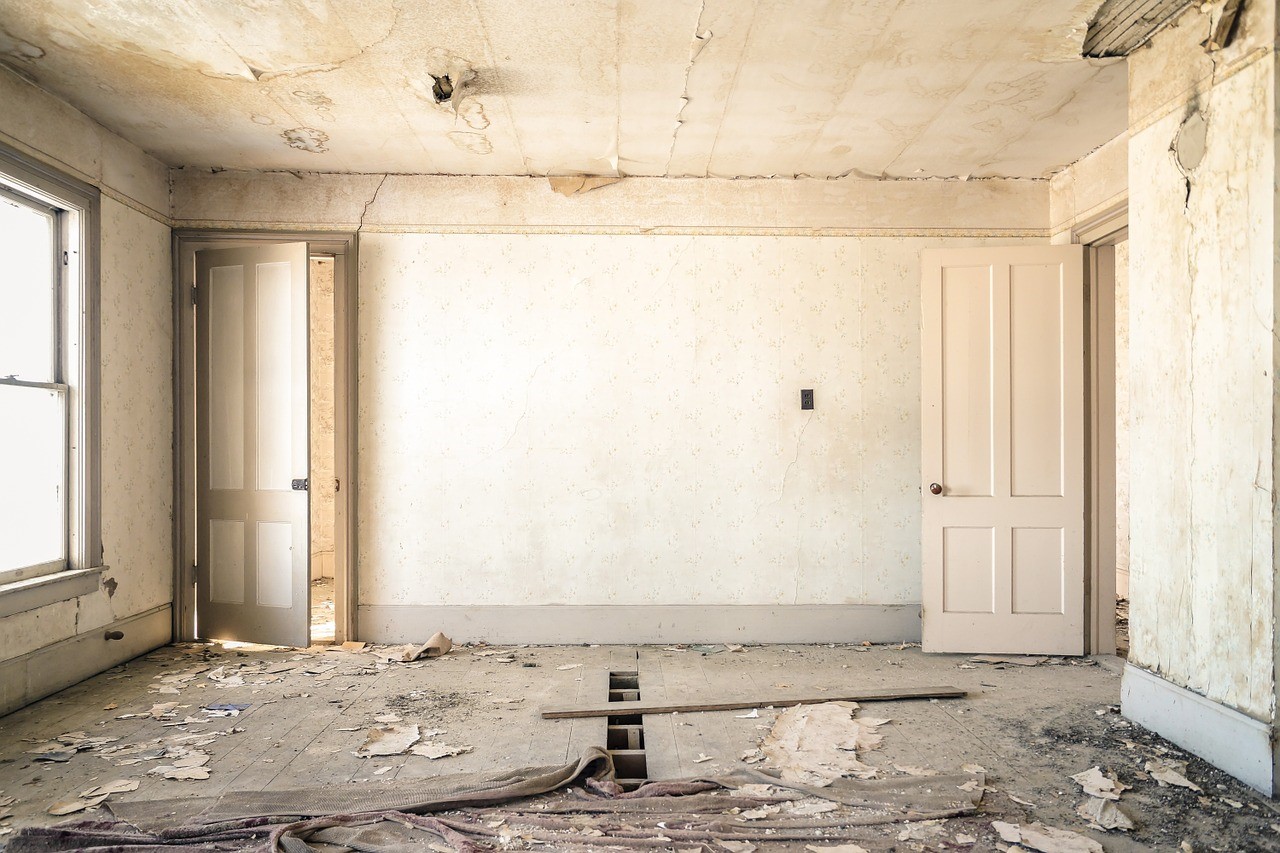
Women and children are on the front line of the next generation of asbestos-related disease as young families run the risk of dangerous exposure via home renovations.
Do-it-yourself (DIY) home-reno enthusiasts do not always know that friable and non-friable asbestos is part of common building materials, including in flooring, roofing and fencing, experts warn.
Flinders University researchers say the risks of even one exposure to asbestos dust or fibres is enough to cause the onset of deadly diseases such as mesothelioma in years to come.
“While there are no immediate symptoms, and we often wouldn’t expect such bad luck from something as innocent as a little DIY handy work,” says Flinders University medical scientist Associate Professor Sonja Klebe, who researches potential treatments for the incurable lung condition.
“Information about the risks, and the materials containing asbestos, is readily available but the community needs constant reminding,” says Associate Professor Klebe, who says about 700 new cases of asbestos-related disease are emerging every year in Australia.
Every year up to 4000 Australians die from asbestos-related diseases, such as mesothelioma.
In the past, it was asbestos industry workers (in mining and manufacturing products), then builders and other tradespeople using the products, who bore the brunt of the first and second waves of disease.
Now a ‘third wave’ is at risk from unsafe practices during construction or demolition work – and younger people doing DIY can be complacent or even ignorant of the risks, Associate Professor Klebe says
“DIY is a great Australian pastime and it’s something people love to do over their summer holidays,” she says.
“The younger generations aren’t as aware of the risk because asbestos isn’t used as much any more.
“If accidentally exposed to fibres or dust from home renovation or demolition, even a child or baby asleep or playing in a nearby room is at risk of developing these deadly lung and related diseases in 10 to 20 years’ time,” she says.
Checking for asbestos with a certified laboratory; paying a licensed subcontractor to remove the flooring, interior walls, roofing material or fence, and making sure you follow the safe removal and disposal routine for asbestos are important precautions.
“We urge DIYers to not disturb any materials until they’ve been tested or checked, including vinyl or carpet, or windows and eaves, which might contain asbestos.
Mrs Kat Burge, president of the Asbestos Victims Association (SA), says there is no ‘safe’ level of exposure.
“We give talks all around south Australia to try to raise awareness, but there is a lot of ignorance about what materials contain asbestos,” she says.
“Even though manufacturers removed asbestos from building materials in the 1980s, there are many old houses that contain a wide range of asbestos risks that people, including children, can be exposed to.”

Turner Freeman lawyer Ms Anne Hoffman, who works on compensation claims with mesothelioma and other work-related disease victims, says the number of victims of DIY has been rising in recent years.
“There is no requirement for a home owner or real estate agent to declare asbestos materials, and many new home buyers do not pay for a building inspection,” Ms Hoffman says.
“With the cost of new houses rising, many young families enter the market with an older, rundown building.
“It’s just not worth the risk of doing it yourself, without the proper procedures.”

